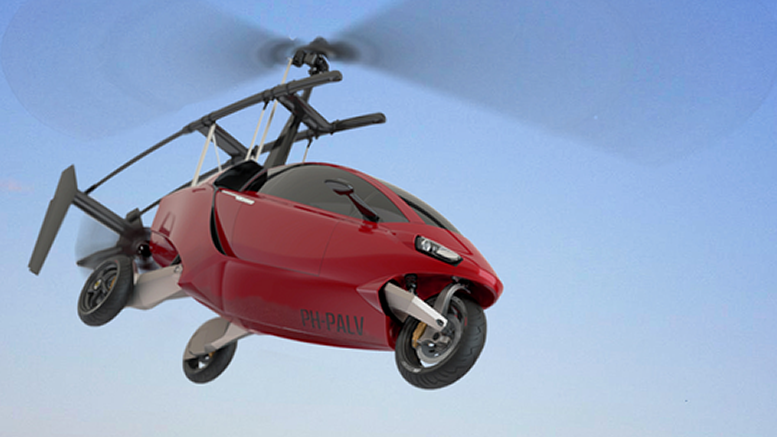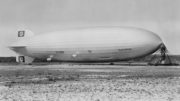 What happens if you cross a gyrocopter with a car and a motorbike? you get the PALV. A personal air and land vehicle. A solution to increasing congestion in our cities, highways and skyways.
What happens if you cross a gyrocopter with a car and a motorbike? you get the PALV. A personal air and land vehicle. A solution to increasing congestion in our cities, highways and skyways.
On the ground, the slim line, aerodynamic 3-wheel vehicle is as comfortable as a luxury car. But has the agility of a motorbike, thanks to its patented cutting-edge “tilting” system. The single rotor and propeller are folded away until the PALV is ready to fly.
Airborne, the PALV flies under the 4,000 feet (1,500 m) floor of commercial air space. With land and air space reaching capacity, this is some of the last free space.
The PALV is highly fuel-efficient and powered by an environmentally certified car engine. It runs on petrol like a conventional car and can reach speeds of up to 200 km/h both on land and in the air.
Its straightforward autogyro flying technology means that the PALV is economically and technically feasible in comparison to other forms of air travel. Like a helicopter, it has a Very Short Take Off and Vertical Landing (VSTOVL) capability making it possible to land practically anywhere. It can be driven to the nearest airfield or helipad and, because it flies below 4,000 feet, can take off without filing a flight plan. The autogyro technology means that it can be steered and landed safely even if the engine fails as it descends vertically rather than nose-diving. Lift is generated by the forward speed produced by the foldable push propeller on the back.
At less than 70 decibels it is much quieter than helicopters due to the slower rotating of the main rotor. A licence to fly the PALV is more accessible than one for a helicopter or plane because of the regulations controlling autogyro craft. In the United States and soon in Europe the infrastructure is in place for “digital freeways” that provide a safe corridor using GPS technology to aid regulation and avoid collisions for low flying vehicles.
What makes the PALV attractive is the convenience of fully integrated door to door transportation. Providing smooth transition from road to air without having to change vehicle. The versatility to allow the driver to change their mind.
Such flexibility and independence would appeal to business and recreational users alike. Its capacity to reach destinations inaccessible by road combined with ability to fly low means that the PALV has potential applications from first aid/search & rescue to surveying and observation. Or simply offers a new personal experience.
John Bakker, a Dutch entrepreneur working closely with Spark design engineering and other partners, is developing the PALV. The concept was inspired by living in one of the most world’s most densely populated countries, with a can-do approach to space issues.
Private jet ownership is becoming more popular in affluent society. With further investment this hybrid prototype can pave the way for an affordable and feasible alternative. Soon private flying will no longer be the exclusive domain of executives and celebrities. If congestion or obstacles block the destination – fly. If the weather is too bad to fly – drive. Driving and flying combined in one vehicle that could cost little more than an executive saloon car.




